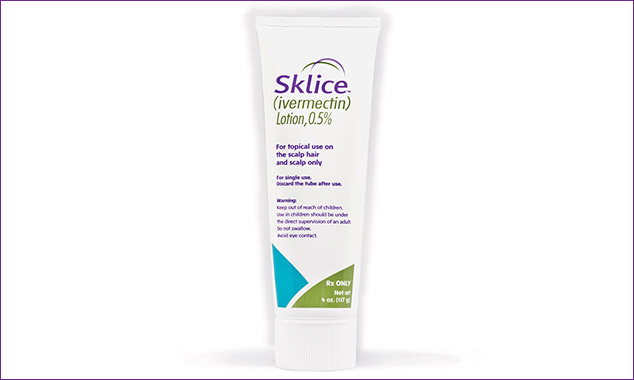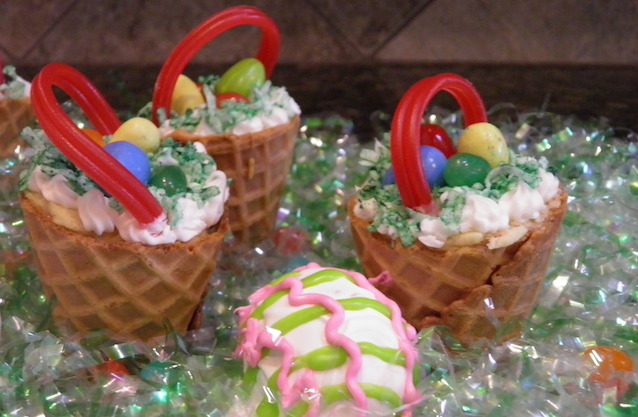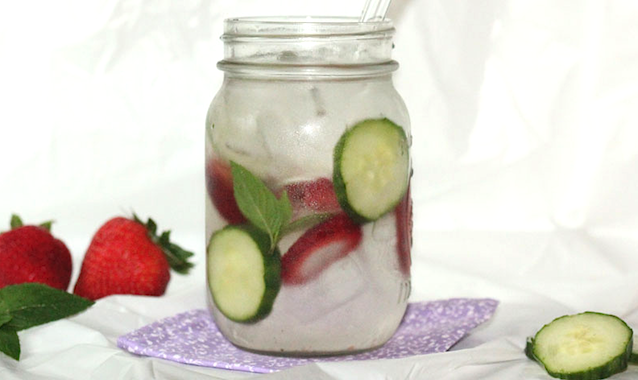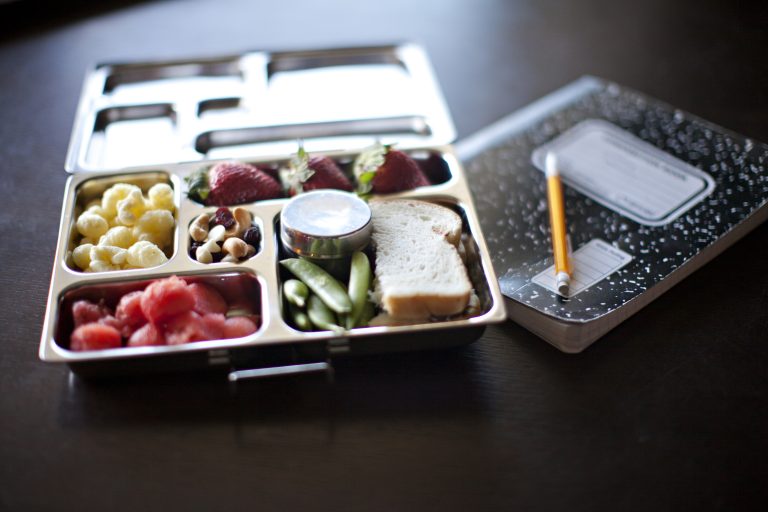Got Head Lice? Don’t Panic! #TREATLICE
February 13, 2014
This post is sponsored by Sanofi Pasteur Inc.
What you need to know: head lice symptoms and treatment.
With my daughter in theatre, spending countless after-school hours with dozens of other kids, it was always in the back of my mind…I worried she may get head lice one day. I dreaded it, I was in denial, I told her that her itchy scalp must be dandruff. And then reality set in. The next few hours were spent treating all 3 of my children for lice. The next few days were spent treating the house. It’s not something I’d like to ever repeat again, but considering there are an estimated 6 to 12 million infestations occurring each year in the United States, I feel like the odds are stacked against me!
What Exactly Is Head Lice?
Head lice (Pediculus humanus capitis) are wingless parasites that feed on human blood and live close to the human scalp. They move by crawling and cannot hop or fly. This means they are mostly transmitted by head-to-head contact, not by sharing wigs or costumes, but it can happen.
How Do I Know If My Child Has It?
Unfortunately, an infestation of head lice may result in no symptoms, especially in the beginning. The most common symptom is itching – caused by an allergic reaction to lice saliva – but it may take 4 to 6 weeks for itching to appear with a first infestation. Other symptoms can include a tickling feeling (as if something is moving through the hair), sleeplessness and irritability, or sores on the head from scratching.
Of course, finding a live louse on the scalp or in the hair – often behind the ears and near the neckline – is a good indication of an infestation too.
How Do You Treat It?
According to the US Centers for Disease Control and Prevention (CDC), treatment for head lice is recommended for anyone with an active infestation. All household members and other close contacts should be checked and, if you find evidence of an active infestation, they should also be treated at the same time. A health care professional can recommend the best course of treatment from among the available over-the-counter or prescription treatments.
One option parents may want to consider is Sklice® (ivermectin) Lotion, 0.5%. You may not have heard of it because it has only been on the market for about year, but it is US Food and Drug Administration-approved for kids as young as 6 months of age. After learning more, I was surprised I didn’t know about Sklice Lotion. You’ll need a prescription from your doctor, but making that call may help you get rid of head lice with a 10-minute application.
In clinical studies approximately three-quarters of patients had no live lice 14 days after a one-time, 10-minute treatment.1 The most common side effects included eye redness or soreness, eye irritation, dandruff, dry skin, and burning sensation of the skin – none of which occurred in more than 1 percent of treated patients.2
Another thing I wish I had known before lice hit my house: nit combing (which I now know how to do very well!) is not required when using Sklice Lotion! However, parents may want to use a fine-tooth comb or special nit comb to remove dead lice and nits. As with all head lice treatments, tackling the problem will require more than just treating the head and hair, so Sklice Lotion should be used in the context of an overall lice management program. Parents should be aware that effective lice elimination includes washing or dry-cleaning all recently worn clothing, hats, used bedding and towels, as well as washing personal items like combs, brushes, and hair clips in hot water.
I’m thrilled to know that Sklice Lotion is around, if (and when) my children get lice again.
Talk to your doctor about how to combat head lice before it hits at home and about Sklice Lotion, or visit www.Sklice.com to learn more.
Sklice® (ivermectin) Lotion, 0.5%
Indication:
Sklice Lotion is a prescription medication for topical use on the hair and scalp only, for treatment of head lice in people 6 months of age and older.
Adjunctive Measures:
Sklice Lotion should be used in the context of an overall lice management program:
- Wash (in hot water) or dry-clean all recently worn clothing, hats, used bedding, and towels.
- Wash personal care items such as combs, brushes, and hair clips in hot water.
A fine-tooth comb or special nit comb may be used to remove dead lice and nits.
Before using Sklice Lotion, tell your doctor if you or your child:
- have any skin conditions or sensitivities
- have any other medical conditions
- are pregnant or plan to become pregnant. It is not known if Sklice Lotion can harm your unborn baby.
- are breastfeeding or plan to breastfeed. It is not known if Sklice Lotion passes into your breast milk.
Important Safety Information for Sklice Lotion:
To prevent accidental ingestion, adult supervision is required for pediatric application. Avoid contact with eyes.
The most common side effects from Sklice Lotion include eye redness or soreness, eye irritation, dandruff, dry skin, and burning sensation of the skin.
Talk with your doctor if you or your child have any side effect that bothers you or that does not go away. You may report side effects to the FDA at 1-800-FDA-1088.
Please see accompanying full Prescribing Information at http://products.sanofi.us/
References:
1. Pariser et al. Topical 0.5% Ivermectin Lotion for Treatment of Head Lice. N Engl J Med. 2012; 367(18);1687-1693.
2. SKLICE Lotion [Prescribing Information]. Swiftwater, PA: Sanofi Pasteur Inc.; 2012.





